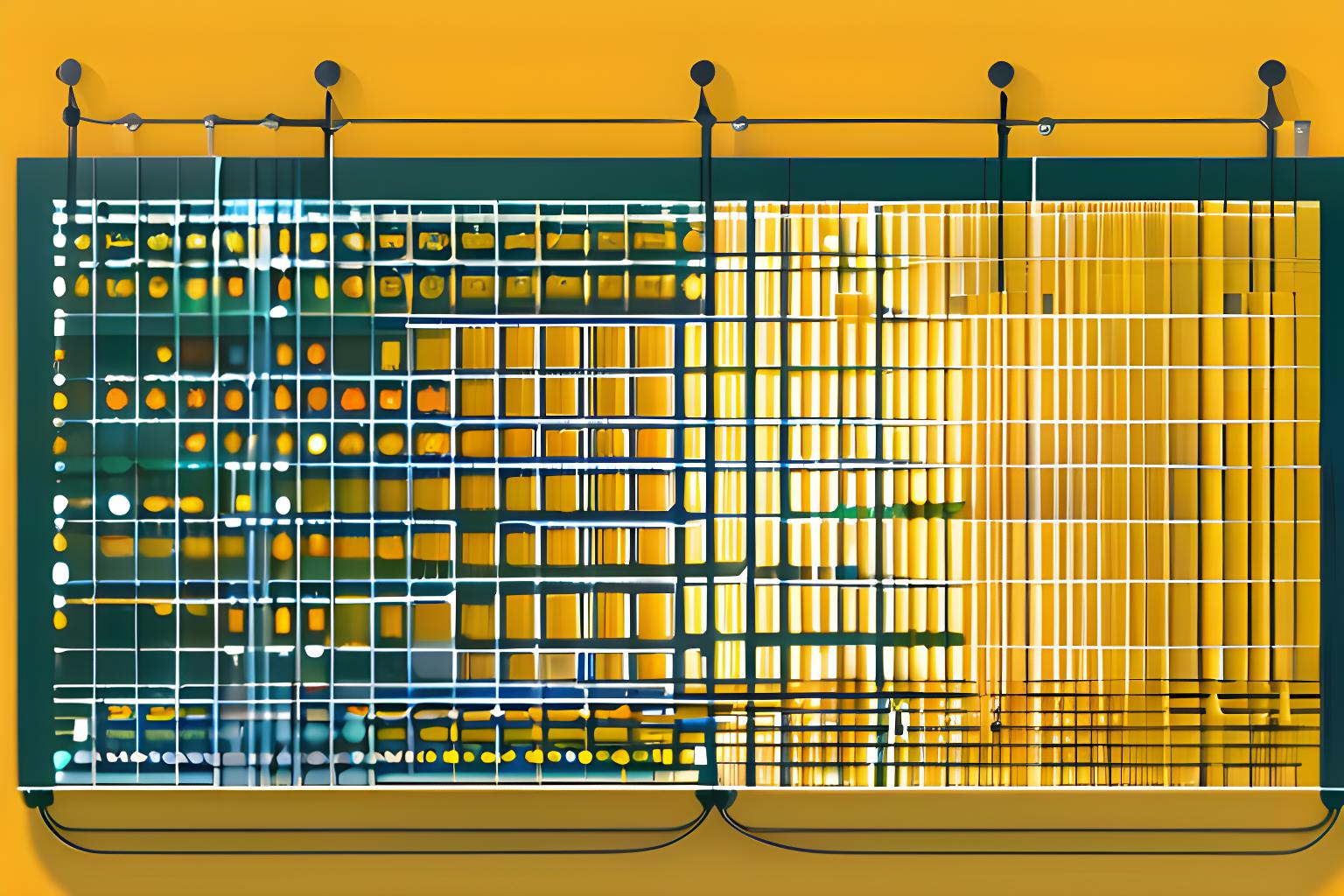SEC v. Ripple Court Filing, retrieved on July 13, 2023 is part of HackerNoon’s Legal PDF Series. You can jump to any part in this filing here. This part is 2 of 18.
BACKGROUND[2]
I. Factual Background
A. Development of the XRP Ledger and the Founding of Ripple
In 2011 and early 2012, Arthur Britto, Jed McCaleb, and David Schwartz developed the source code for a cryptographically secured ledger, or a “blockchain,”[3] which is now known as the XRP Ledger. SEC 56.1 Resp. ¶ 11, ECF No. 842; see also ECF No. 668. They aimed to create a faster, cheaper, and more energy-efficient alternative to the bitcoin blockchain, the first blockchain ledger which was introduced in 2009. Id. ¶¶ 4, 12. When the XRP Ledger launched in 2012, its source code generated a fixed supply of 100 billion XRP. Id. ¶¶ 17–18. XRP is the native digital token of the XRP Ledger, and the XRP Ledger requires XRP to operate. Id. ¶¶ 13–14. Each unit of XRP is divisible into one million “drops,” and each unit or drop of XRP is fungible with any other unit or drop. Defs. 56.1 Resp. ¶¶ 17–18, ECF No. 835; see also ECF No. 663.
In 2012, Britto, Defendant Larsen, and McCaleb founded Ripple.[4] Id. ¶ 41; SEC 56.1 Resp. ¶ 32. Larsen became Ripple’s CEO, a position he held until December 2016. Defs. 56.1 Resp. ¶ 41. Of the 100 billion XRP generated by the XRP Ledger’s code, the three founders retained 20 billion for themselves (including 9 billion for Larsen) and provided 80 billion XRP to Ripple. Id. ¶ 15; SEC 56.1 Resp. ¶ 21. The founders did not sell any XRP before the launch of the XRP Ledger, and Ripple never owned the 20 billion XRP retained by the three founders. SEC 56.1 Resp. ¶¶ 20, 22.
Since its founding, Ripple’s mission has been to realize an “Internet of Value” by using technology to facilitate the transfer of value across the internet. Id. ¶ 35. Specifically, Ripple “seeks to modernize international payments by developing a global payments network for international currency transfers.” Id. For instance, Ripple developed a software product called RippleNet, which allows customers to clear and settle cross-border financial transactions on mutually agreed upon terms. Id. ¶ 41. One feature of RippleNet is known as “on demand liquidity” (“ODL”). Id. ¶ 45. ODL facilitates cross-border transactions by allowing customers to exchange fiat currency (for example, U.S. dollars) for XRP and then the XRP for another fiat currency (for example, Mexican pesos). Id. ¶ 46; Defs. 56.1 Resp. ¶ 740.
Like ODL, some, but not all, of Ripple’s products and services rely on the XRP Ledger and XRP. SEC 56.1 Resp. ¶ 44. The XRP Ledger is based on open-source software; anyone can use the ledger, submit transactions, host a node to contribute to the validation of transactions, propose changes to the source code, or develop applications that run on the ledger. Id. ¶¶ 52, 54. Other developers have built software products that use the XRP Ledger, such as payment-processing applications. Id. ¶ 59. Ripple has also funded companies as part of its “Xpring” initiative to incentivize the development of other use “cases” on the XRP Ledger. Id. ¶¶ 58–59.
[2] The facts in this section are taken from the parties’ Rule 56.1 statements, counterstatements, and responses, unless otherwise noted. Disputed facts are so noted. Citations to a paragraph in a Rule 56.1 statement also include the opposing party’s response. “[W]here there are no citations[,] or where the cited materials do not support the factual assertions in the [s]tatements, the Court is free to disregard the assertion.” Holtz v. Rockefeller & Co., 258 F.3d 62, 73 (2d Cir. 2001) (alteration omitted).
[3] A blockchain is an electronically distributed database or ledger “shared among a computer network’s nodes.” See Adam Hayes, Blockchain Facts: What Is It, How It Works, and How It Can Be Used, Investopedia (updated Apr. 23, 2023), https://www.investopedia.com/terms/b/blockchain.asp/. A blockchain is a system for recording information. Each transaction is recorded as a “block” of data on the digital ledger, which is connected to the blocks before and after it. SEC 56.1 Resp. ¶ 1, ECF No. 842. Blockchains are typically recorded across a distributed network of computers. Id. ¶ 2.
[4] Ripple was originally named NewCoin, Inc. and incorporated under California law. SEC 56.1 Resp. ¶ 33. It was then renamed OpenCoin, Inc. in October 2012. Id. In 2013, the company was renamed Ripple Labs, Inc., and in 2014, it was incorporated under Delaware law. Id. In this order, the Court shall refer to the company as Ripple, even when referring to its forerunners, NewCoin and OpenCoin.
Continue Reading here.
About HackerNoon Legal PDF Series: We bring you the most important technical and insightful public domain court case filings.
This court case 1:20-cv-10832-AT-SN retrieved on September 7, 2023, from dropbox is part of the public domain. The court-created documents are works of the federal government, and under copyright law, are automatically placed in the public domain and may be shared without legal restriction.

